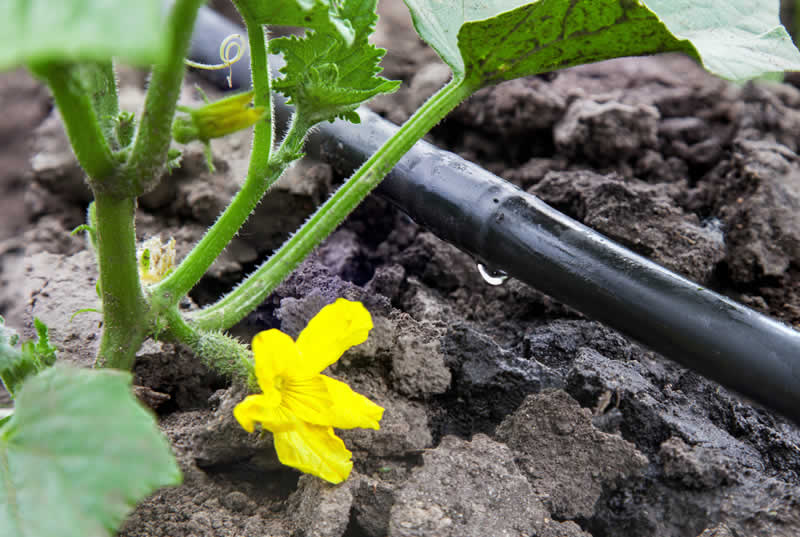 California has experienced multiple droughts over its history, including drought emergencies declared in 2015 by Governor Brown and in 2021 by Governor Newsom. Both declarations were in response to severe, prolonged drought conditions observed across the state. On April 7, 2017, Governor Brown declared that the drought emergency that began in 2015 was over, with the exception of a few counties. On the same day, the state released its report, Making Water Conservation a California Way of Life (in its entirety), which was the culmination of the work of five state agencies under direction from the Governor’s office. The report outlined a framework for significant changes in water management moving forward.
California has experienced multiple droughts over its history, including drought emergencies declared in 2015 by Governor Brown and in 2021 by Governor Newsom. Both declarations were in response to severe, prolonged drought conditions observed across the state. On April 7, 2017, Governor Brown declared that the drought emergency that began in 2015 was over, with the exception of a few counties. On the same day, the state released its report, Making Water Conservation a California Way of Life (in its entirety), which was the culmination of the work of five state agencies under direction from the Governor’s office. The report outlined a framework for significant changes in water management moving forward.
The next year, in 2018, legislation was passed to establish a long-term urban water use efficiency framework to officially Make Conservation a California Way of Life (more information about the legislation is available here: Water Efficiency Legislation). The legislation required the establishment of new regulations for approximately 405 urban retail water agencies that supply water to nearly 95% of California residents.
 The most recent draft of the regulation is available here: Proposed Text of Regulation. Please note that the rulemaking process is still ongoing, and the regulation has not been finalized. Basically, the regulation requires that each supplier compares their actual water use for the previous year to an individualized Water Use Objective. The Water Use Objective represents the amount of water needed if water was used efficiently over that year. The state defines “efficient use” based on a variety of metrics and “efficient use” can change from year to year based on changing conditions. Beginning in 2027, the State can penalize suppliers if their actual water use exceeds their Water Use Objective, thereby incentivizing suppliers to encourage or require their customers to conserve water. This means that even though California was declared drought-free in November of 2023 at the end of the most recent drought, California residents will feel the effects of policies meant to prepare for the next drought.
The most recent draft of the regulation is available here: Proposed Text of Regulation. Please note that the rulemaking process is still ongoing, and the regulation has not been finalized. Basically, the regulation requires that each supplier compares their actual water use for the previous year to an individualized Water Use Objective. The Water Use Objective represents the amount of water needed if water was used efficiently over that year. The state defines “efficient use” based on a variety of metrics and “efficient use” can change from year to year based on changing conditions. Beginning in 2027, the State can penalize suppliers if their actual water use exceeds their Water Use Objective, thereby incentivizing suppliers to encourage or require their customers to conserve water. This means that even though California was declared drought-free in November of 2023 at the end of the most recent drought, California residents will feel the effects of policies meant to prepare for the next drought.
The discussion surrounding the most recent drought and the future of water management in California has resulted in a lot of overlap in the use of the terms “conservation” and “water use efficiency.” What’s the difference? While they seem similar, in Camrosa’s view, they’re two distinct concepts requiring two different responses. “Conservation” is a tool used for periods of limited water supply. The most recent drought, when water was becoming increasingly scarce, is an example of when conservation was employed. This emergency situation required a short-term response through mandatory cutbacks, leading to extraordinary sacrifices on the part of our customers.
“Efficiency”, on the other hand, is a sustainable approach to using the water wisely. Good stewardship of water resources over the long term through efficient use doesn’t demand drastic, unsustainable lifestyle changes.
Camrosa supports water use efficiency at all times, and conservation measures when circumstances dictate.
Camrosa has positioned itself to be involved in various stakeholder and advisory groups that will guide the development and implementation of the Conservation as a Way of Life legislation. Our goal is to support regulations and frameworks that promote efficiency and reserve conservation for times of supply shortages and emergency conditions. In addition, our continued priority is for our customers to use the water they pay for as they see fit without heavy-handed interference from the State, as long as that use is not wasteful. We will keep our customers up to date as this new water management future unfolds.





